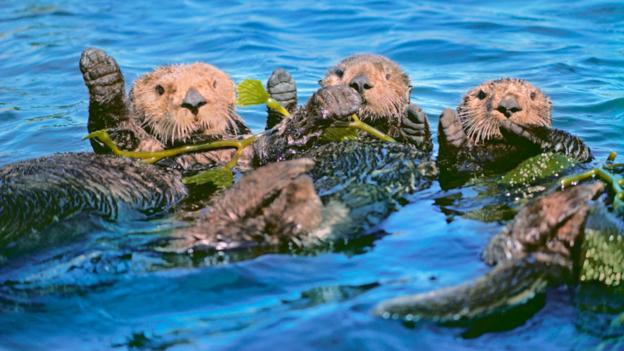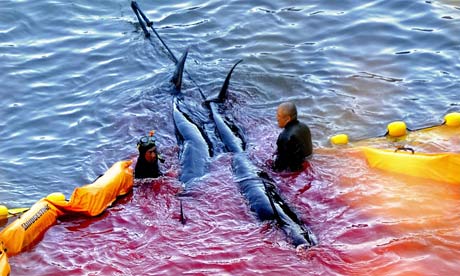Scientists in Norwich have developed a genetically modified purple tomato, which is being produced in Canada due to European hostility to GM foods.
The prospect of genetically modified purple tomatoes reaching the shelves has come a step closer.
Their dark pigment is intended to give tomatoes the same potential health benefits as fruit such as blueberries.
Developed in Britain, large-scale production is now under way in Canada with the first 1,200 litres of purple tomato juice ready for shipping.
The pigment, known as anthocyanin, is an antioxidant which studies on animals show could help fight cancer.
Scientists say the new tomatoes could improve the nutritional value of everything from ketchup to pizza topping.
The tomatoes were developed at the John Innes Centre in Norwich where Prof Cathie Martin hopes the first delivery of large quantities of juice will allow researchers to investigate its potential.
"With these purple tomatoes you can get the same compounds that are present in blueberries and cranberries that give them their health benefits - but you can apply them to foods that people actually eat in significant amounts and are reasonably affordable,"she said.
Although the invention is British, Prof Martin says European Union restrictions on GM encouraged her to look abroad to develop the technology.Canadian regulations are seen as more supportive of GM and that led to a deal with an Ontario company, New Energy Farms, which is now producing enough purple tomatoes in a 465 square metre (5,000sq ft) greenhouse to make 2,000 litres (440 gallons) of juice.
According to Prof Martin, the Canadian system is "very enlightened"."They look at the trait not the technology and that should be a way we start changing our thinking - asking if what you're doing is safe and beneficial, not 'Is it GM and therefore we're going to reject it completely'.
"It is frustrating that we've had to go to Canada to do a lot of the growing and the processing and I hope this will serve as a vanguard product where people can have access to something that is GM but has benefits for them."
The first 1,200 litres are due to be shipped to Norwich shortly - and because all the seeds will have been removed, there is no genetic material to risk any contamination.
FRom BBC- Sci/ Environment




